I create a virtual earth like this with this code:
function earthView(){
if (!scene){
main(); // create three js basic code(camera, renderer etc.)
}
// create the geometry sphere stars
var geometry = new THREE.SphereBufferGeometry(6371000000, 36, 36)
// create the material, using a texture of startfield
var material = new THREE.MeshBasicMaterial()
material.map = THREE.ImageUtils.loadTexture('images/earthView/ESO_-_Milky_Way.jpg')
material.side = THREE.BackSide
// create the mesh based on geometry and material
var mesh = new THREE.Mesh(geometry, material)
mesh.position.set(0,0,-6371000)
scene.add(mesh)
/*
var geometry = new THREE.SphereGeometry(5000,10,10);
var material = new THREE.MeshBasicMaterial({color:"0xff0000"});
var mesh_test = new THREE.Mesh(geometry,material);
scene.add(mesh_test);*/
//earth
var geometry = new THREE.SphereBufferGeometry(6371000, 36, 36)
var material = new THREE.MeshPhongMaterial()
var earthMesh = new THREE.Mesh(geometry, material)
earthMesh.position.set(0,0,-6371000)
earthMesh.rotation.set(Math.PI/2,Math.PI/2,0)
earthMesh.rotation.y -=22.87*Math.PI/180//rightturn ^
earthMesh.rotation.x +=49.02*Math.PI/180//rightturn ^
helper = new THREE.EdgesHelper( earthMesh );
helper.material.color.set( 0xffffff );
material.map = THREE.ImageUtils.loadTexture('images/earthView/earthmap1k.jpg')
material.bumpMap = THREE.ImageUtils.loadTexture('images/earthView/earthbump1k.jpg')
material.bumpScale = 100
material.specularMap = THREE.ImageUtils.loadTexture('images/earthView/earthspec1k.jpg')
scene.add(earthMesh);
scene.add( helper );
//atmosphere
var geometry = new THREE.SphereBufferGeometry(9371000, 36, 36)
var material = new createAtmosphereMaterial()
material.uniforms.glowColor.value.set(0x00b3ff)
material.uniforms.coeficient.value = 0.02
material.uniforms.power.value = 2.5
material.side = THREE.DoubleSide
var earthAtmo = new THREE.Mesh(geometry, material)
earthAtmo.position.set(0,0,-6371000)
scene.add(earthAtmo);
/**
* from http://stemkoski.blogspot.fr/2013/07/shaders-in-threejs-glow-and- halo.html
* @return {[type]} [description]
*/
function createAtmosphereMaterial(){
var vertexShader = [
'varying vec3 vNormal;',
'void main(){',
' // compute intensity',
' vNormal = normalize( normalMatrix * normal );',
' // set gl_Position',
' gl_Position = projectionMatrix * modelViewMatrix * vec4( position, 1.0 );',
'}',
].join('\n')
var fragmentShader = [
'uniform float coeficient;',
'uniform float power;',
'uniform vec3 glowColor;',
'varying vec3 vNormal;',
'void main(){',
' float intensity = pow( coeficient - dot(vNormal, vec3(0.0, 0.0, 1.0)), power );',
' gl_FragColor = vec4( glowColor * intensity, 1.0 );',
'}',
].join('\n')
// create custom material from the shader code above
// that is within specially labeled script tags
var material = new THREE.ShaderMaterial({
uniforms: {
coeficient : {
type : "f",
value : 1.0
},
power : {
type : "f",
value : 2
},
glowColor : {
type : "c",
value : new THREE.Color('blue')
},
},
vertexShader : vertexShader,
fragmentShader : fragmentShader,
side : THREE.BackSide,
blending : THREE.AdditiveBlending,
transparent : true,
depthWrite : false,
});
return material
}
}
in previus question, I had problem with the renderer because i create the virtual earth in real scale (1px = 1m). I overcame this error by setting the logarithmicDepthBuffer: true when defining the renderer.
Now the problem is that the atmosphere (glow shader material) has a bug when panning or zooming in the webgl - container which is already been stated and here is an example to solve this problem.
The question is: how can i change my code to overcome this bug?(I suppose there is something to add in the render function but i just can't get it to work).
Hint1: this bug is only happening when setting the logarithmicDepthBuffer: true. Else i get a false rendering because of the large scale object i am using.
Image1:render option logarithmicDepthBuffer: false,no bug, only false rendering.
Image2:render option logarithmicDepthBuffer: true,no bug, if not zoom or pan.
Image3:render option logarithmicDepthBuffer: true, when zoom in the area of the applied shader material seams to became smaller.
Image4:render option logarithmicDepthBuffer: true,when pan the area of the applied shader material seams not to follow or understand the pan.
Hint2: the area that shader material is renderable seams to became bigger when zooming out and smaller when zooming in.
Update: As a see now the problem is taking place when i add the star sphere. If i dont add the star sphere then everything works correct.. Any thoughts why this is happening??



